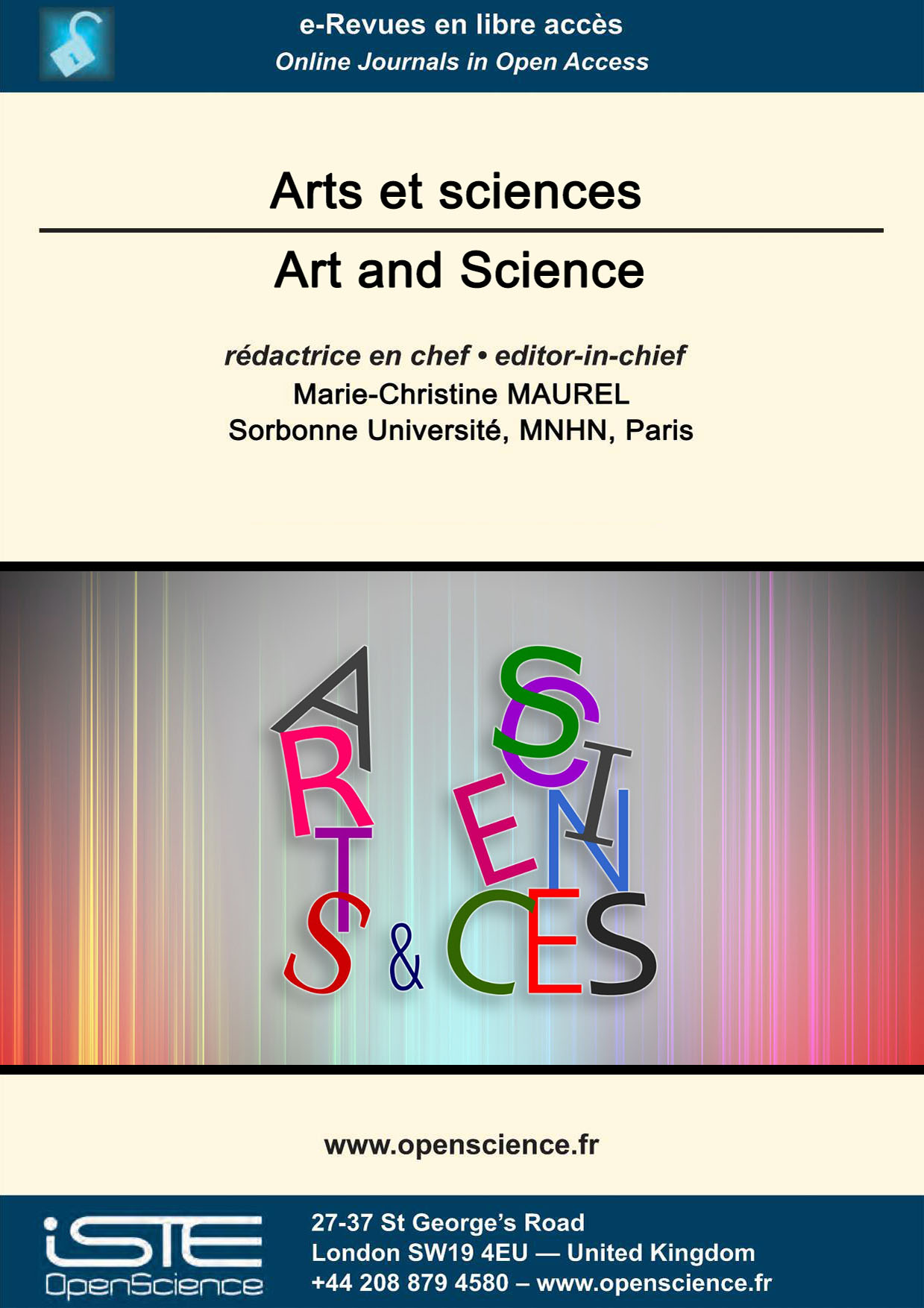

Social Sciences and Humanities > Home > Art and Science > Issue
Viewed globally, the life of forms shows the same tendency to complexification for natural forms and for geometric forms resulting from mathematics or art, with a clear acceleration for the latter in modern times. Since the beginning of the 20th century, geometric advances (non-Euclidean geometries, catastrophe theory, algorithmic geometry, fractal theory) have inspired artists, particularly those of geometric abstraction through all its avatars – from suprematism to digital art, via optical art, kinetic art, conceptual art and minimalism. This article addresses the "life of forms" in multiple ways: the respective status of form and formation in nature, the arts and the sciences; the role of time and movement in the perception of forms; the difficulty of the idea of form, at extreme dimensional scales; the relevance of the notions of edge and content as determining criteria of mathematical or artistic forms; the limits of the geometric approach to the knowledge of forms. Finally, the hypothesis will be put forward of a life of forms that goes beyond geometry and requires a sensory or spiritual approach.
The rich Greek and medieval debate on the nature of the infinite, potential vs actual infinity, finds a synthesis and an answer in the invention, in Italy and during the Renaissance, of the geometric perspective. From the middle of the 14th century, painter-theologians gave actual infinite of God its first symbolic form: the line or vanishing point in the Annunciations, the meeting place between the immeasurable and the measurable, between the incircumscribable and the locality, between God and man. The projective geometry of the Renaissance painters, a theological-pictorial decision, a gesture at the infinite limit, organizes then the space of men, for a fuller humanity, in its finitude, yet always confronted with the infinity of God. Then space and infinity will frame the physical dynamics, as conditions of possibility for the construction of modern science. At the heart of this new construction of objectivity, the role of the knowing subject and the relativity of reference systems is also to be found in the explicitation of the relativizing gaze of the spectator and the artist in painting. The question will be raised as to the relevance of these frames, impregnated with epistemic, even ontological a priori, in a historical science such as biology.
The Kosmoopera exhibition research project started in April 2019. A year later, the Russian Center for Science and Culture in Paris invite you to discover the works of Valentina Mir. The exhibition event take place on April 7, 2020, a few days before the Russian National Day, which commemorates the first human journey into outer space. Thanks to the kindness and support of Konstantin Volkov, chairman of the CRSC, Valentina Mir joins the Institute and meet the cosmonauts G. Padalka and A. Borisenko on several occasions. A. Borisenko will be present at the opening and will hold a conference.
Our vision of deep-sea life changed dramatically with the results of scientific explorations and study of the deep that began in the 1860’s. Mythical monsters, epitomized by Jules Verne’s giant octopus, gave way to mysterious landscapes inhabited by odd creatures actually dredged up from the deep. While we now know of the diversity and unusual life cycles of deep-sea creatures, visions of the deep as a world of monstrous creatures persists today in the popular press.
In many dynamics of nature we may witness the iteration of a morphogenetic process. Mandelbrot fractals allow us to give an elegant mathematical representation of those engendered by physical processes and provide new tools for an insight into some dynamics in Quantum Physics. The art photography book, reviewed here, proposes an original perspective of the forms and shadows of trees’ branches and leaves. It stresses the non-algorithmic diversity of biological morphogenesis, by adding also the artist’s interpretation by double exposures and filtering techniques. Analogies with two modern figurative painters will be hinted as well as the distortion of knowledge and economic action induced by fast-trading and the search of fractal regularities in the stock-market.

2024
Volume 24- 8
Issue 12023
Volume 23- 7
Issue 12022
Volume 22- 6
Issue 12021
Volume 21- 5
Issue 12020
Volume 20- 4
Special issue2019
Volume 19- 3
Issue 12018
Volume 18- 2
Issue 12017
Volume 17- 1
Issue 1